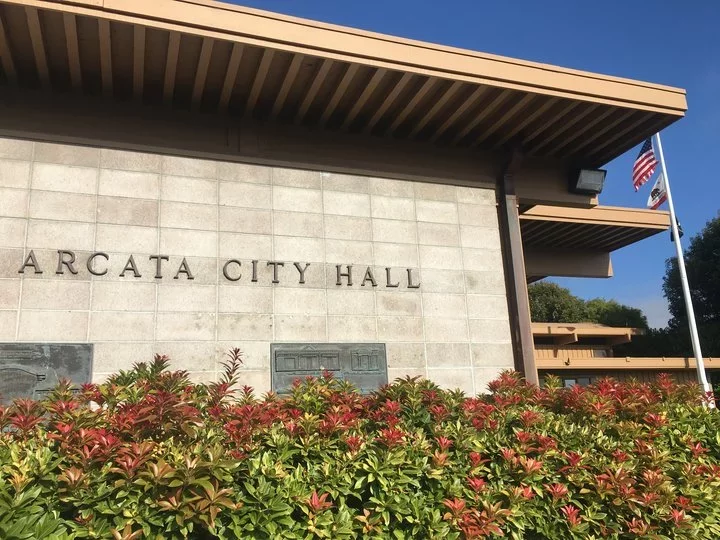Arcata’s city council will decide if they will approve new inclusionary zoning measures for future housing developments after passing a motion to introduce an ordinance at last night’s city council meeting.
The idea behind inclusionary zoning is pretty simple: when a new apartment complex is built, some percentage of those units must be priced less than they’re worth on the open market and reserved for low-income tenants. It’s an unfunded mandate; the property managers take a hit on the investment.
If passed, the ordinance requires all new housing developments with 60 or more units to rent 3% of their units to very low income households, 6% to low income households, and another 10% for moderate income households. How much the rent actually costs can change annually, and is determined by the United States Department of Housing and Urban Development or the California Tax Credit Allocation Committee.
The planning commission originally recommended that the limit be set at 30 units, but the city council wound up deciding it would be 60 after a compromise was made with Mayor Alex Stillman. Stillman (who is the owner of Stillman Rentals, a local property management company) was against inclusionary zoning, but voted for it after meeting somewhere in the middle with the other city council members. Stillman was worried about the likelihood of developers building more Arcata housing if they were going to be forced to house some people in below market-rate units.
Arcata used to have inclusionary zoning requirements until 2014. Most inclusionary zoning prior to 2012 was subsidized by the city’s Redevelopment Agency, but California dissolved them that year. Several planned projects were killed because they weren’t financially viable without the subsidy. The old requirements were much lower; inclusionary zoning kicked in at five units.
There are concessions for affected developments, such as allowing them to use cheaper appliances and build larger buildings.
Arcata’s city council members hope it’ll be a way to battle gentrification and make resident’s lives a little less expensive without resorting to anything drastic.
“If we’re not going to use a mechanism like inclusionary zoning to put more of an onus on developers, and the ones with money, and the ones who are coming into (or already are) in our community to build housing [to] share in that burden of housing our community members, then we need to find a different mechanism,” councilmember Sarah Schaefer said. “Whether that’s some people up here’s favorite word — ‘rent control’ — or more aggressively pursuing land trusts, or having more publicly owned properties so we can actually have real public housing, especially in a time where there is a great concern that we might see a drying up of federal and state funding for housing. Because that is not a priority of our current administration, and that’s going to go on the developers, and I think that’s why it’s essential to have a mechanism like this in place to make the free market step up.”

CLICK TO MANAGE